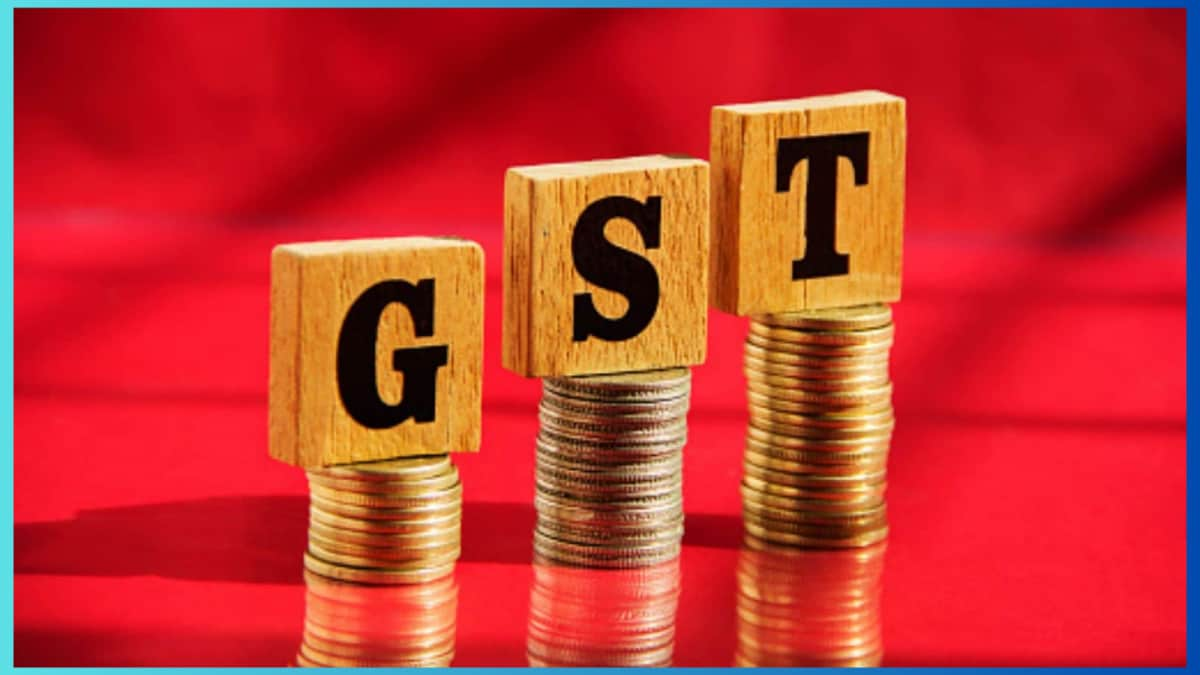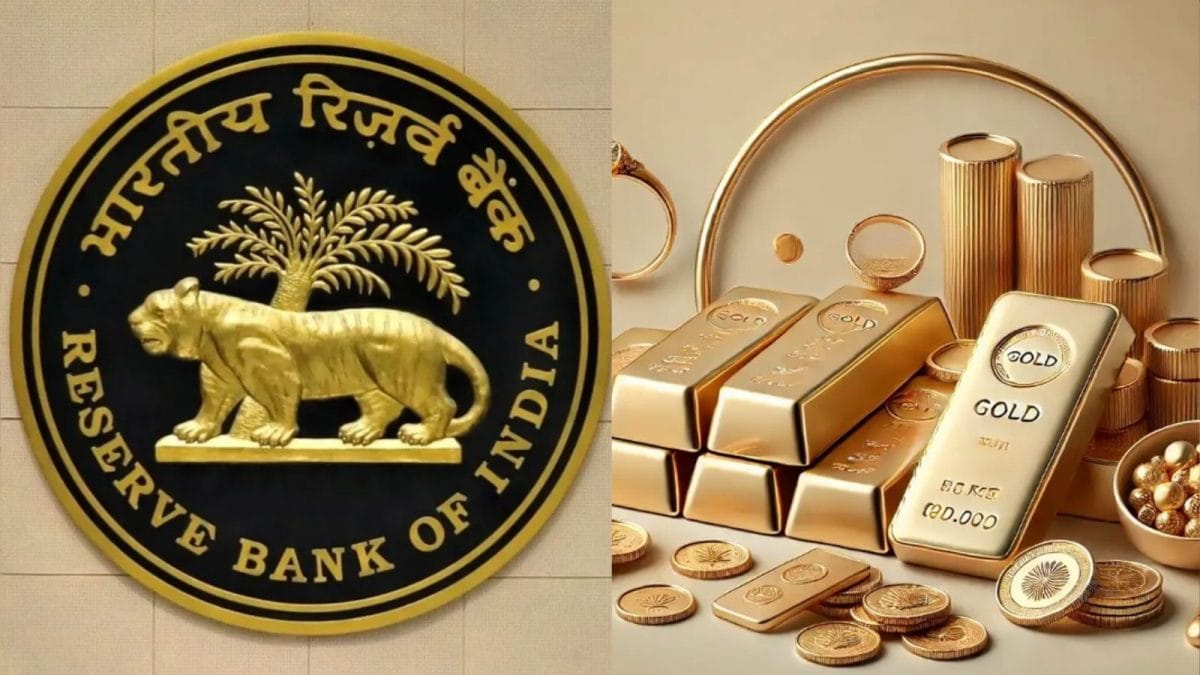Last Updated:
Finance Minister Nirmala Sitharaman and other ministers will address GST 2.0’s impact on festive sales, consumer sentiment, and economic growth at a Dhanteras press conference.

The ministers’ Dhanteras briefing is expected to outline the government’s initial assessment of GST 2.0’s impact on consumption trends.
Finance Minister Nirmala Sitharaman, along with Commerce & Industry Minister Piyush Goyal and Information & Broadcasting Minister Ashwini Vaishnaw, will address a joint press conference at 12:00 pm on Dhanteras, Saturday, with the focus on how GST reforms are influencing festive season sales and consumer sentiment, CNBC-TV18 has reported.
The briefing comes as India’s festive demand shows strong momentum across key consumer sectors, including automobiles, electronics, and fast-moving consumer goods (FMCG), driven by the implementation of GST 2.0, the government’s revamped goods and services tax framework that came into effect on September 22, 2025.
Branded as the Next-Generation GST or ‘GST Bachat Utsav’, the new structure seeks to simplify compliance and boost household consumption. Finance Minister Sitharaman has said that the reform will inject Rs 2 lakh crore into the economy by increasing consumers’ disposable income.
Early market indicators suggest that the reform is already having a visible impact on demand. Automobile sales, in particular, have witnessed a significant upswing.
According to a LocalCircles consumer survey, passenger vehicle sales jumped 35% year-on-year during the Navratri period (September 22-October 1), which culminated with Dussehra on October 2.
The GST rate cuts have also fuelled a wave of consumer spending, with several public sector banks reporting a sharp rise in retail loan demand, especially in the vehicle and consumer durable categories.
The government also is closely monitoring whether companies are passing on GST benefits to consumers. According to reports, field officers across the country are tracking the prices of over 50 products to gauge how the revised tax structure is affecting retail prices.
Another official said that the analysis spans categories ranging from daily essentials and FMCG products to electronics and building materials, to ensure the impact of rate cuts is translating into lower prices for end consumers.
Earlier, on September 19, Home Minister Amit Shah described the latest GST overhaul as “one of the biggest economic changes in independent India”, calling it a “multi-dimensional reform” and the most extensive since independence.
In an interview with Network18 Group Editor-in-Chief Rahul Joshi, Shah said the new GST regime, with its sweeping tax cuts and simplified compliance, will strengthen economic growth and public trust in governance.
“Tax has never been lower. GST reforms will benefit many areas. It’s a big step that has increased people’s confidence. When the tax base widens and people pay taxes, the government reduces tax to benefit citizens,” Shah said.
The ministers’ Dhanteras briefing is expected to outline the government’s initial assessment of GST 2.0’s impact on consumption trends, just as India’s festive economy enters its peak phase.

Haris is Deputy News Editor (Business) at news18.com. He writes on various issues related to personal finance, markets, economy and companies. Having over a decade of experience in financial journalism, Haris h…Read More
Haris is Deputy News Editor (Business) at news18.com. He writes on various issues related to personal finance, markets, economy and companies. Having over a decade of experience in financial journalism, Haris h… Read More
October 17, 2025, 17:05 IST
Read More







